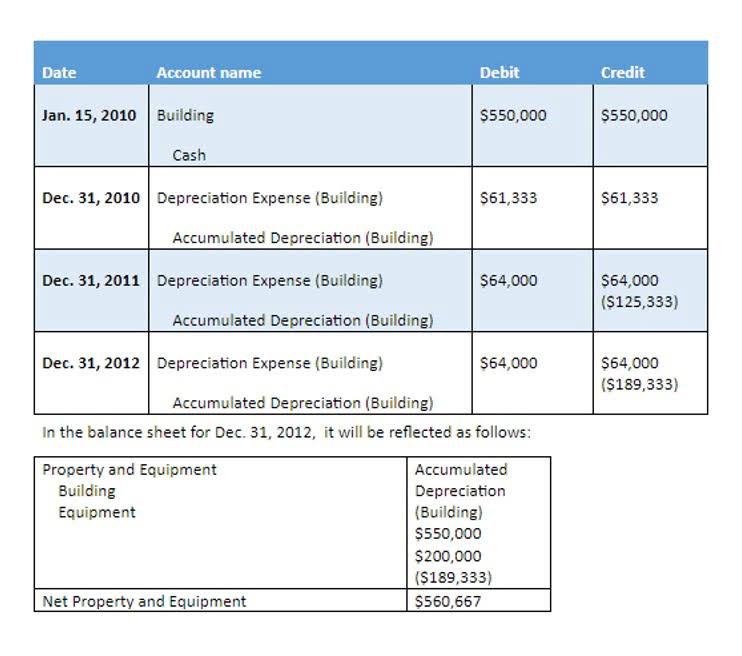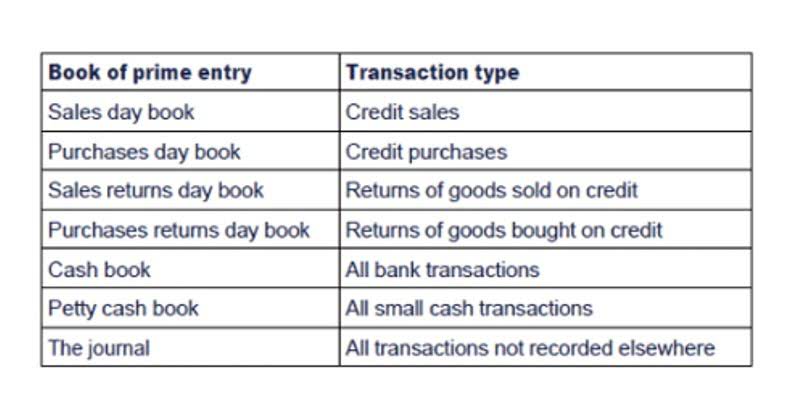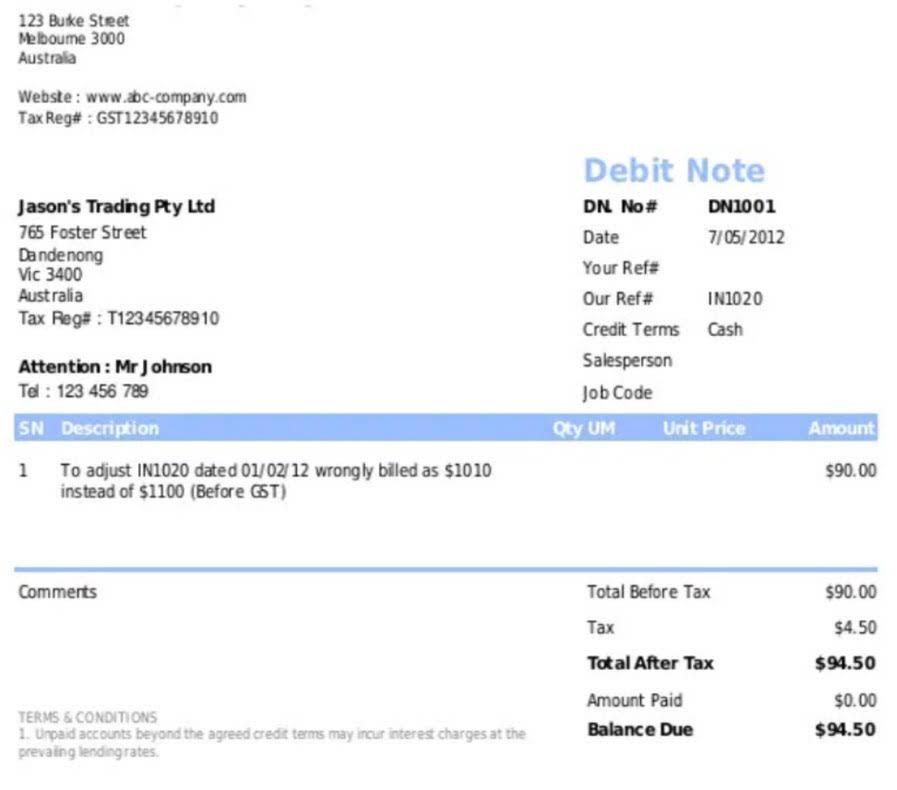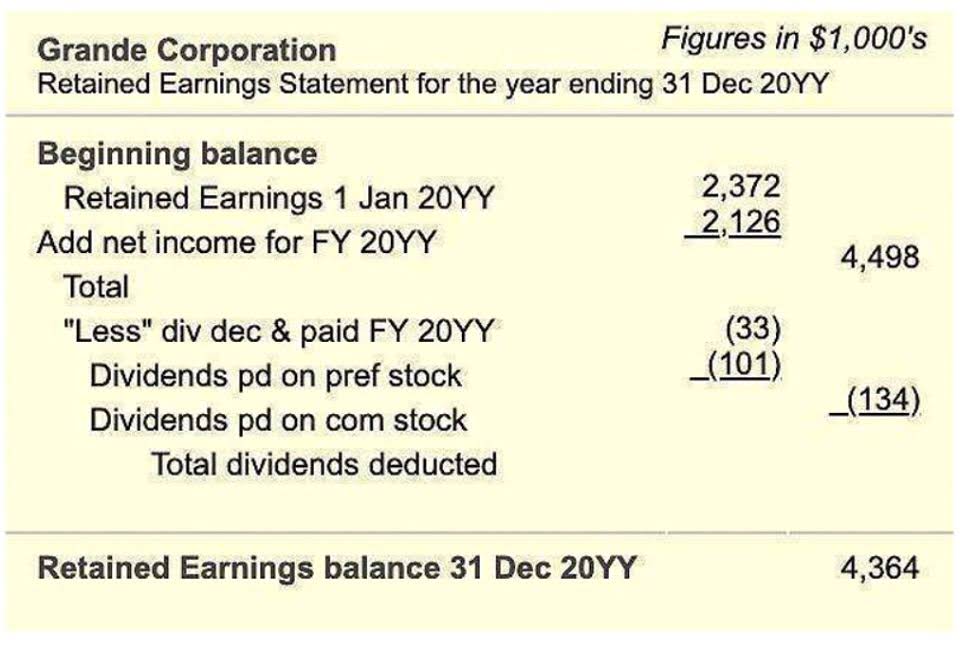
These statistics allow you to easily compare relative property taxes across different areas, and see how your property taxes compare to taxes on similar houses in Florida. Many self-employed individuals forget to estimate their quarterly payments correctly. It’s important to calculate your expected income and expenses accurately to avoid surprises.
- Just like regular income, supplemental wages are not taxed at the state level in Florida.
- If your business operates in multiple states, you may have to deal with taxes in those states too.
- If you need help with your Florida Corporate Tax, you can post your legal need (or your job) on UpCounsel’s marketplace.
- In other words, if you move to Florida from a state like California that has an income tax and you make the same salary, your Florida paychecks will be bigger than your California paychecks were.
- Florida’s combined state and local sales tax is lower than that of other Southern states with no income tax, such as Texas and Tennessee.
- Florida’s average effective property tax rate is 0.82%, which is below the national average.
Historic Tax Tables supported for Florida
- Perhaps further growth can sustain yet another rate reduction, or perhaps it will only be enough to hold the rate constant.
- Although rates vary, Florida’s property taxes tend to be in the middle range compared to other states, with an average 0.71% effective rate.
- This unique approach simplifies the tax calculation process, as you only need to refer to the Federal Tax Tables to understand your tax responsibilities for 2025.
- The credit amount varies based on the taxpayer’s income, marital status, and number of qualifying children, with the intention of providing greater assistance to families with children.
- Most Florida residents don’t have to file a Florida state income tax return.
- We strive to update our tax rates annually or whenever significant tax law changes occur in Florida or at the federal level.
- For this location, the not-so-bad overall ranking starts with relatively taxpayer-friendly property tax rates.
They take 5.4 percent on the first $100,000 and 6.5 percent on anything over $100,000. This calculator provides estimates based on current tax rates and standard deductions for Florida. For precise tax calculations or financial advice, please consult with a qualified tax professional or financial advisor familiar with Florida tax laws. Counties can and generally do impose an additional Local Option Transient Rental Tax. This is effectively an additional sales tax on short-term rentals. That puts total sales taxes on short-term rentals at around 6% to 14%.

Florida corporate income tax
- The city’s average property tax rate in 2017 was $934 per $100,000 in home value.
- Previously, she led taxes and retirement coverage at NerdWallet.
- For this report, that’s the highest tax rate for electric services and the second-highest for water services.
- In 2017, Brandon had a below-average property tax rate when compared with the other Florida locations on our list—$860 per $100,000 in home value.
- Self-employment tax is an important topic for anyone working independently in Florida.
At 7%, the city’s combined state and local sales tax rate is the second-lowest sales tax rate we encountered. The combined state and local gas tax in Melbourne—32.025 cents per gallon—is the lowest gas tax rate appearing in our list. The city’s combined state and local sales tax rate is 7%, which is the second-lowest sales tax rate on our list. But the city’s combined state and local tax on gasoline—38.025 cents per gallon—is the highest gas tax rate you’ll see in our survey. There’s a 10% public service tax on electricity in Lauderhill (highest rate on our list), but there is no tax on water service. The local communications services tax rate is 5.72%, which is an average rate for the 50 largest cities and towns in Florida.
Property Taxes in Port St. Lucie

TurboTax makes it easy to file your federal taxes and understand how Financial Forecasting For Startups Florida’s unique tax setup impacts you. Whether you’re filing on your own or looking for a little guidance, TurboTax has your back. Our local tax experts in Florida are ready to step in to answer your questions or even file for you.

Sales and Gas Taxes in Gainesville
Florida may also require nonprofits to file additional paperwork with the Florida Department of Revenue to gain exemption from Florida’s corporate taxes. Florida has one of the higher gas taxes in the nation, ranking 12th in the U.S. Capital gains from investments and dividends are not taxed at the state or local level, another by-product of Florida not having a personal income tax. Several states try to keep things simple by applying the same tax rate to most income.

Federal Tax Impact

Most small businesses are structured as either limited liability companies (LLCs), sole proprietorships, partnerships, or S corporations. These types of entities are exempt from paying Florida income tax. Florida does not impose an income tax on individuals, making it an attractive place for small businesses to set up shop. In addition to federal taxes, your paycheck will also have deductions for FICA taxes. florida income tax These taxes fund Social Security and Medicare, which you will benefit from in your retirement years. Your employer will withhold 6.2% of your earnings for Social Security, and for Medicare, 1.45%.
Florida is generally considered a favorable state to form an LLC due to its business-friendly environment, no requirement to pay state income tax on personal returns, and bookkeeping flexible regulations. However, the suitability of Florida for your specific business should be based on your unique needs and circumstances. However, if your LLC has elected to be taxed as a C corp, Florida’s 5.5% corporate income tax applies.


























Recent Comments